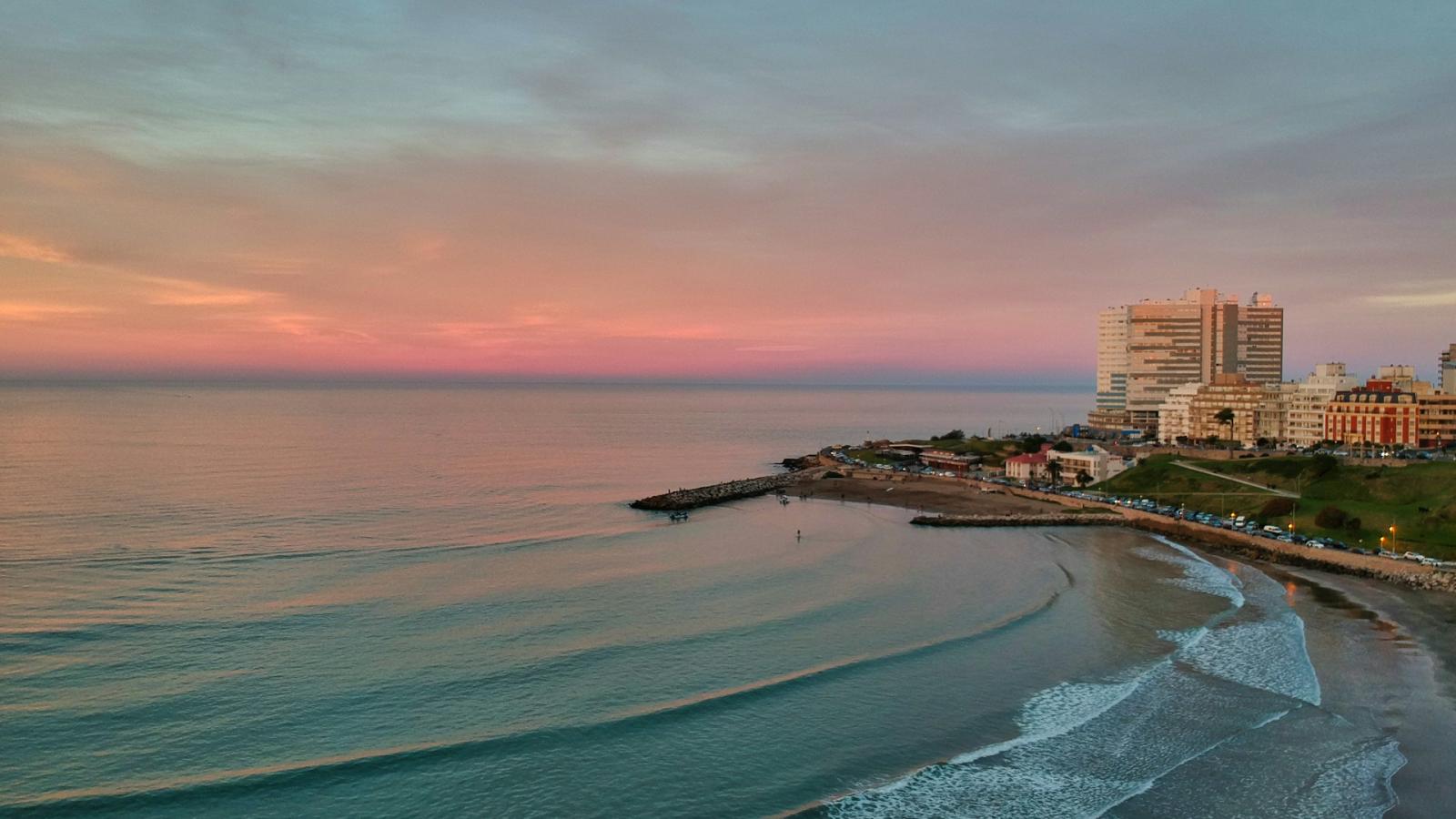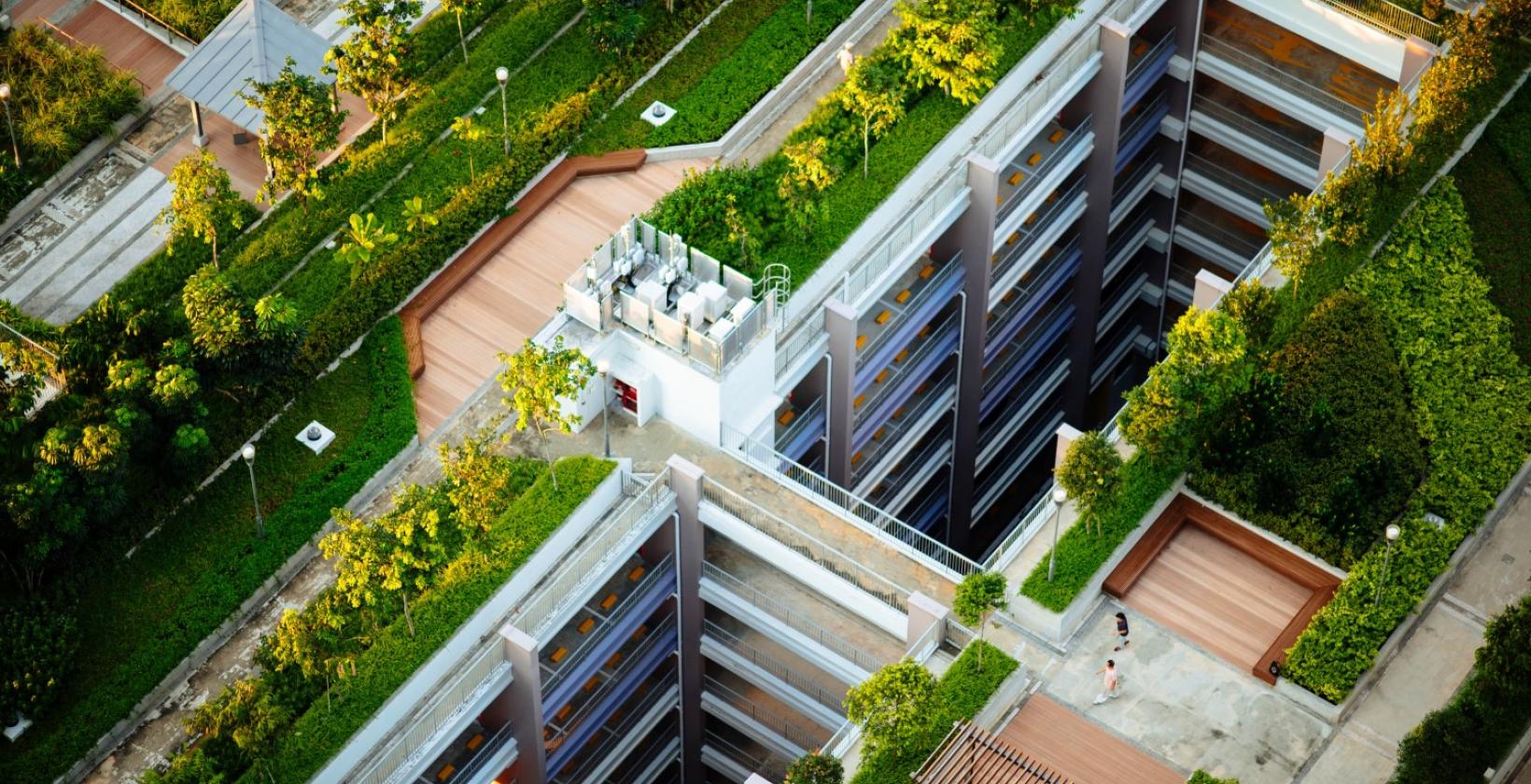City Spotlight
Visions of Sustainability in Mar del Plata and Mar Chiquita
Along the coast of Argentina, two ambitious plans are showing how participatory design and nature-based solutions can lay the groundwork for inclusive, climate-resilient outcomes.
Mar del Plata, Argentina (Image: Fermin Rodriguez Penelas/Unsplash)
Underneath and around the province of Buenos Aires’ thriving metropolitan areas are complex, diverse, and severely threatened natural ecosystems, from the 600-kilometer Atlantic Coastline to the interior pampas grasslands. While the Convention on Biological Diversity has set a goal of protecting 17% of natural resource areas, in Buenos Aires province, only 4.2% of natural areas are protected. As the region’s metropolitan areas continue to grow, the UrbanShift project in Argentina is working with cities to strike a delicate balance between urban development and natural resource conservation.
Two projects unfolding in Mar del Plata and Mar Chiquita— two distinct but interconnected territories in the province of Buenos Aires—are showing how cities and regions can thoughtfully integrate conservation, sustainable development, and climate adaptation goals through transformative design efforts.
Just north of the coastal city of Mar del Plata, the unique coastal lagoon of Mar Chiquita has seen a dramatic increase in tourism as visitors flock to experience the region’s unique biodiversity. In response, local leaders have recognized that the area requires new infrastructure that both accommodates visitors and reduces impact on the natural ecosystem.
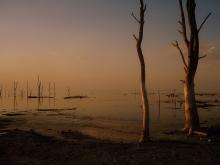
At the end of 2023, a team of designers and architects commissioned by the project began the planning process for a new environmentally sustainable Centro de Interpretación Ambiental (Environmental Interpretation Center) for Mar Chiquita. The building will be a model of climate-adaptive construction and reflect community-driven environmental guidance. “A bioclimatic building like this one,” said Pablo Rescia, a member of the project’s technical team from FUNDASUR, a nonprofit development organization, “responds to its environment—the climate, the landscape, and the culture—to optimize energy efficiency and comfort.”
With consideration for the surrounding ecosystem, the project team created a design for the center that includes a north-facing, inclined facade equipped with photovoltaic panels to capture maximum sunlight and meet the building’s energy needs. A network of piers will elevate the building off the ground and help preserve the natural continuity of flora and fauna. A rainwater harvesting system and innovative wastewater treatment facility will reduce waste and preserve resources, while natural ventilation throughout and thermal mass systems will help regulate indoor temperatures and reduce reliance on energy-intensive heating and cooling systems. All told, this innovative and resource-sensitive approach is estimated to reduce energy consumption by 33%, water use by 51%, and embedded energy in materials by 68% compared to local building standards—and achieve a green premium payback in just 2.4 years.
Just as in-depth community engagement shaped many aspects of the plan, the center will also serve as a hub for education, community engagement, and ongoing environmental management for years to come. “Within the Mar Chiquita Biosphere Reserve, this center will provide a space to convene and develop strategies to strengthen governance around conservation and climate change adaptation,” noted Lucía Bogarín, Director of Environment for the Municipality.
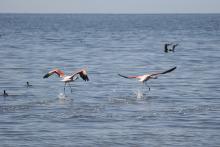
Around 35 kilometers south of Mar Chiquita lies Mar del Plata, Argentina’s fifth-largest city. Known for its 16 kilometers of sandy beaches, Mar del Plata’s population swells from 650,000 to 1.2 million from tourism in the summer months.
Recognizing the strain this influx places on its natural ecosystems, the UrbanShift project in Argentina worked with Mar del Plata to create a Comprehensive Biodiversity and Ecosystem Services Conservation Plan. This ambitious plan, covering both urban and peri-urban areas of the General Pueyrredón Partido (the administrative district that encompasses Mar del Plata) and Mar Chiquita districts, identifies key conservation areas, designs ecological corridors, and promotes sustainable land use practices. “Rather than seeing conservation and urban growth as opposing forces, we worked to integrate biodiversity into urban development models,” explained Laura Zulaica, researcher at CONICET (National Scientific and Technical Research Council), and lead coordinator of the plan.
The plan, developed through an intensive participatory process, spans four key action areas: prioritizing natural resources, creating a green network, sustainable agroecology, and ongoing education and engagement. Across these four pillars, the project team developed 16 specific programs and 53 projects—many with the potential for immediate implementation.
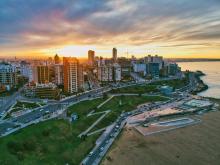
The plan is still being finalized, but the process of developing it has already proven generative for Mar del Plata. “Although the plan is not formally institutionalized, its flexible design and strong technical foundation have made it a useful tool for local agencies,” said Dr. Germán García, a researcher from Instituto de Investigaciones Marinas y Costeras.
As Argentina aims to integrate biodiversity, climate, and sustainability goals into urban policy, “these projects show how national policy goals can translate into real tools for cities,” said José Vera Bahima, an Argentina project team member from the Subsecretaría de Ambiente.
The UrbanShift project in Argentina is not just about infrastructure or plans—it is about transforming how cities grow and relate to nature. Mar del Plata and Mar Chiquita provide concrete, locally grounded examples of this transformation, showcasing how participatory design, ecological science, and institutional coordination can deliver climate-resilient, inclusive outcomes. Their stories should inspire other cities across the Latin American region—and globally—to invest in people, nature, and the spaces where they meet.
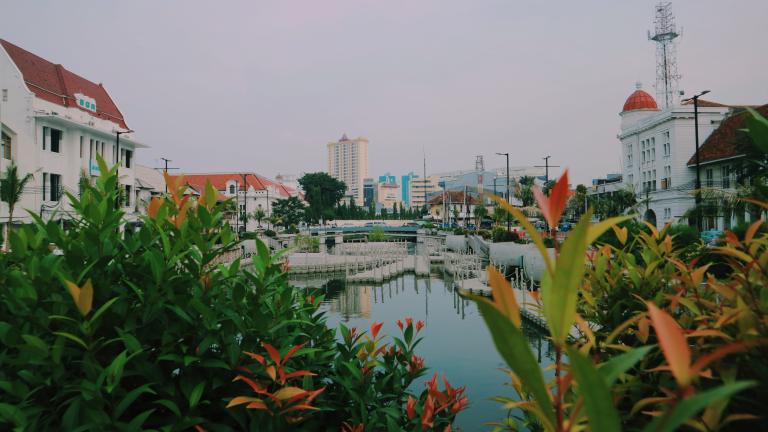
Nature-Positive Tourism: How local leadership can balance conservation and economic growth
In this ICLEI-hosted webinar, learn how cities can protect natural ecosystems while generating revenue from sustainable tourism.
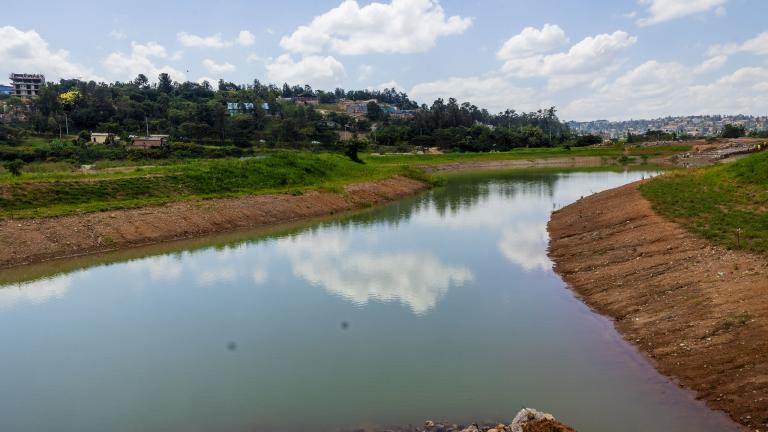
Breathing New Life into 5 Kigali Wetlands to Enhance Climate Resilience and Quality of Life
These formerly degraded sites will soon welcome visitors for recreational and educational opportunities—while alleviating flood challenges for the city.
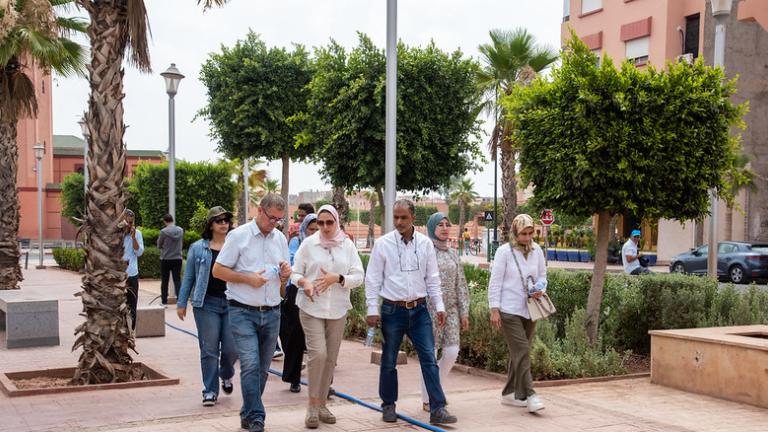
After a devastating earthquake, Marrakech plans to build back with resilience
Reflecting on how, with UrbanShift's support, the city of Marrakech is making strides to enhance its urban nature and lower emissions.
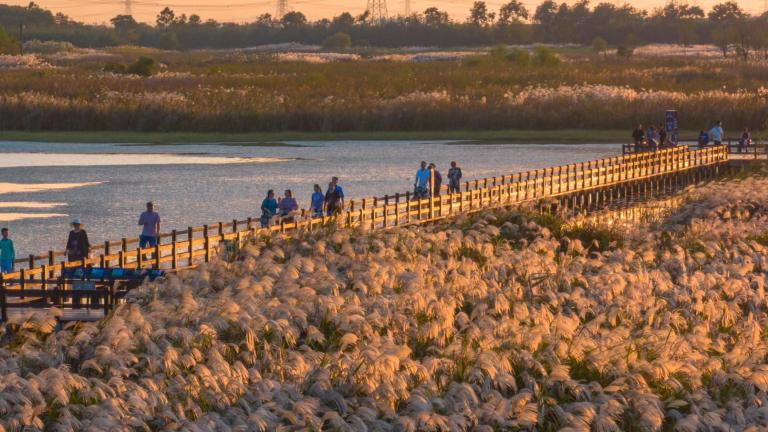
How Ningbo is Paving the Way for Sustainable Development and Tourism
With the revitalization of Hangzhou Bay Wetland Park, Ningbo is proving the value of biodiversity-focused urban development.
